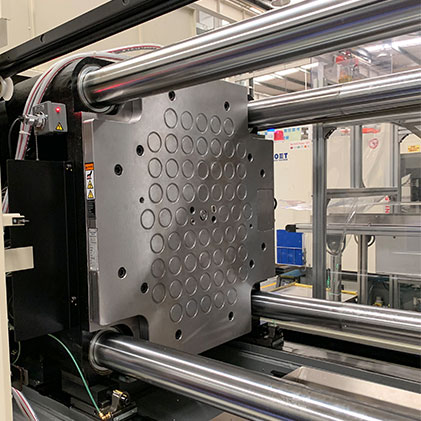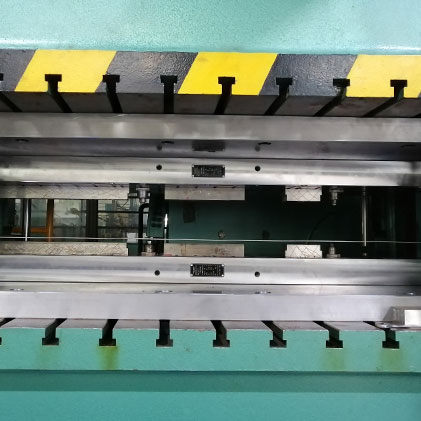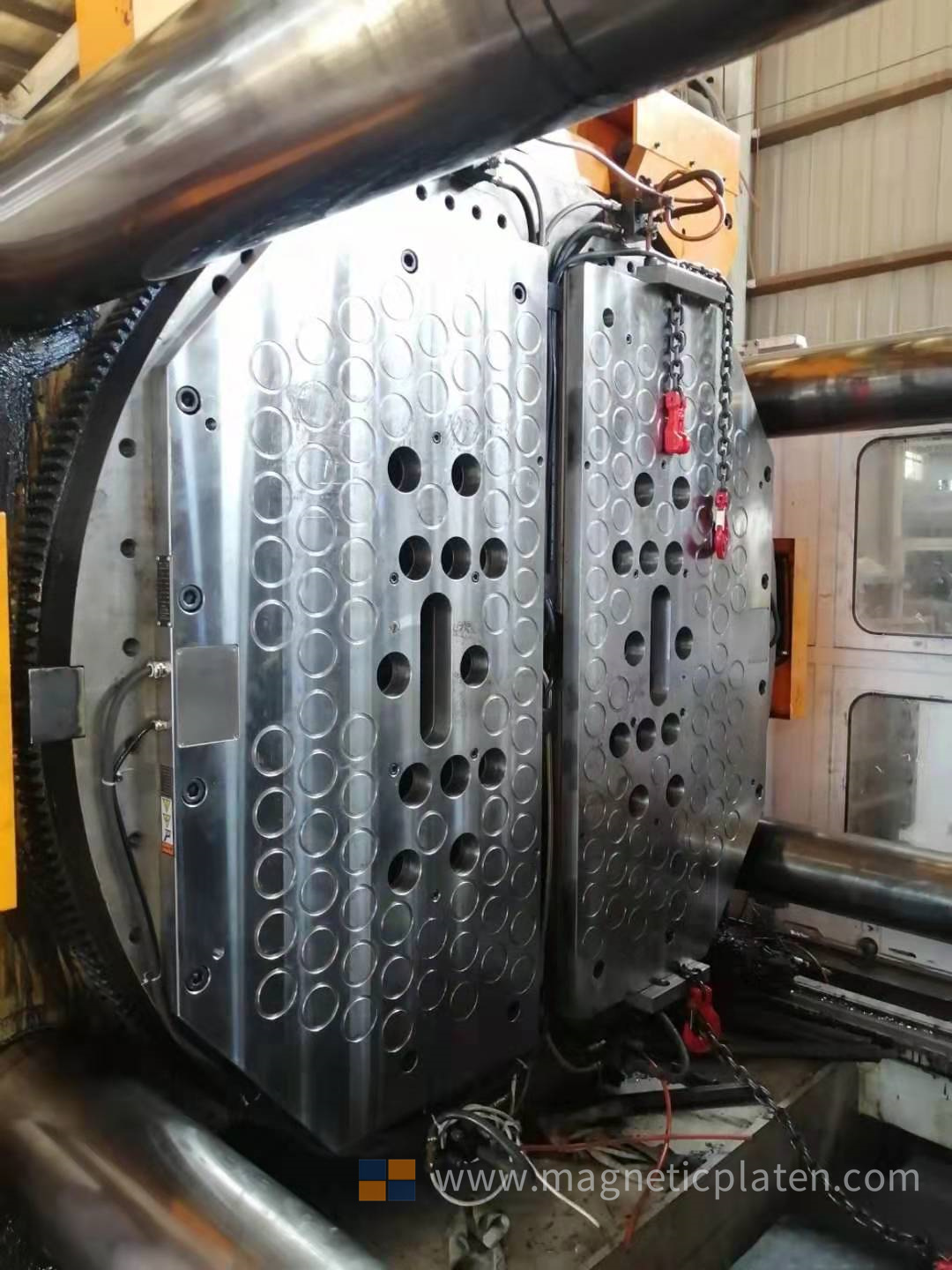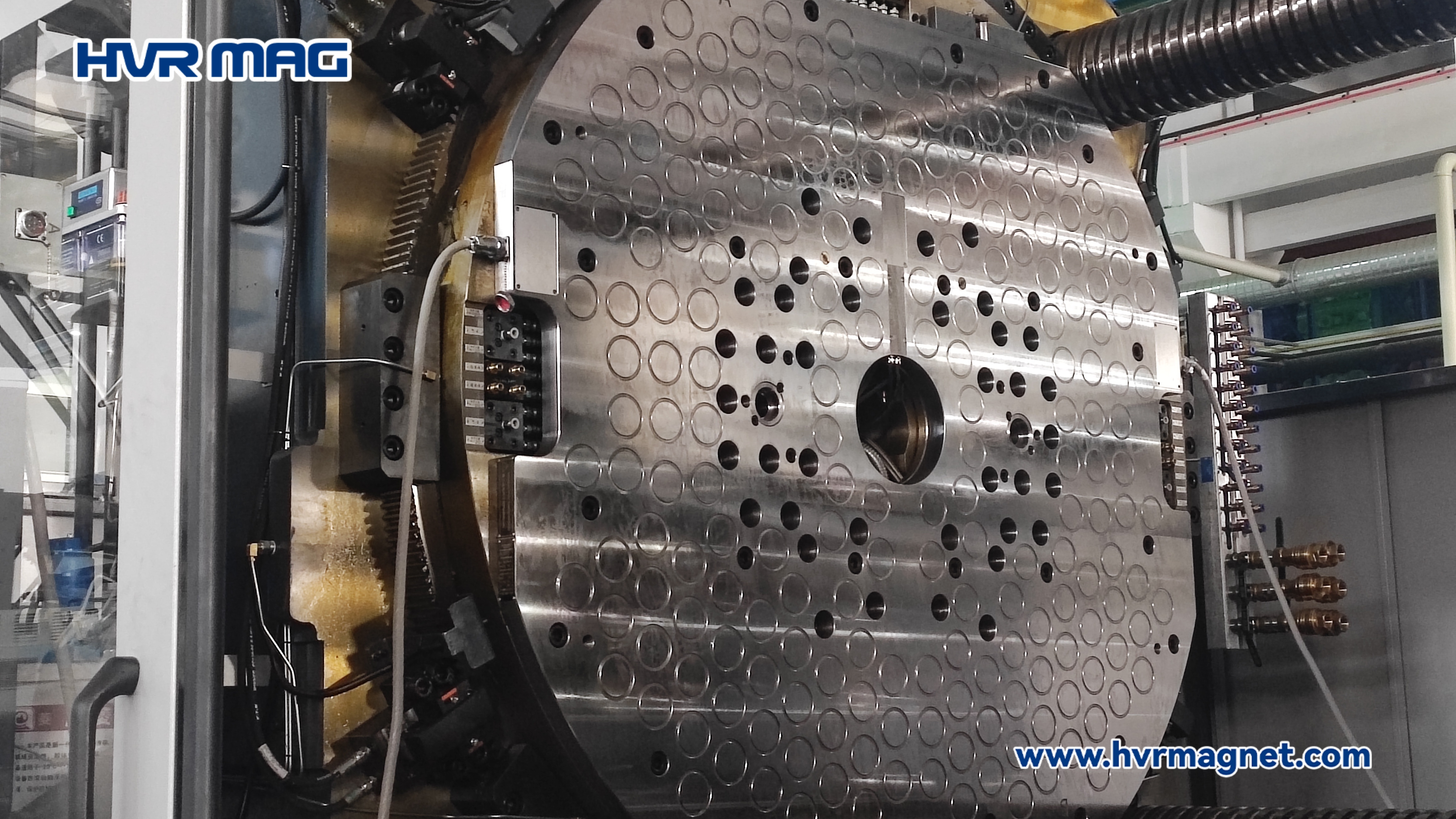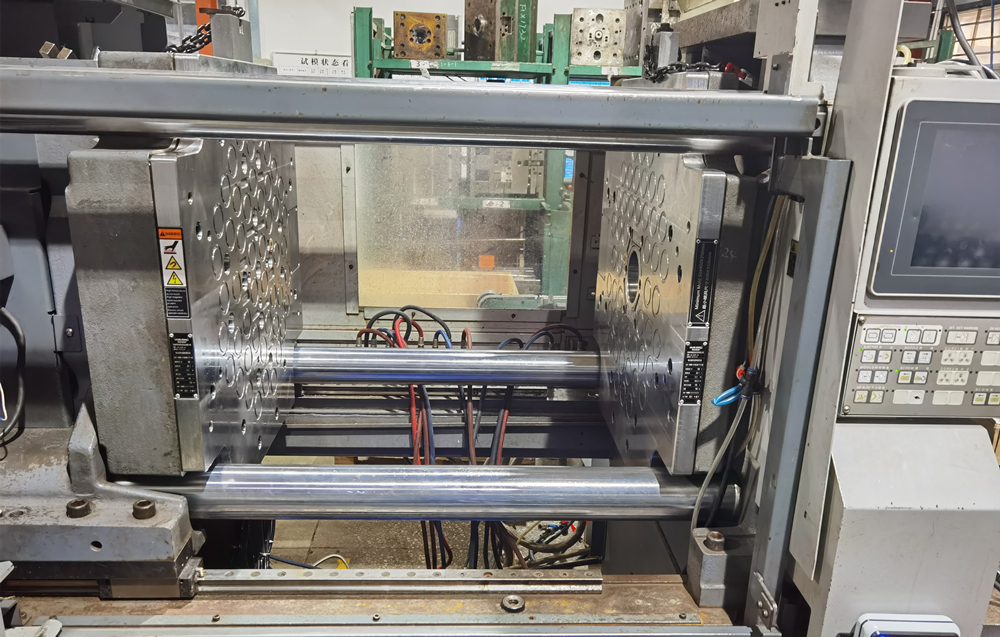
Plastic components are widely used in various industries. From automotive to home appliances and medical uses, plastic is used to build a vast range of products. Yet few manufacturers know precisely how their plastic components are produced and how to improve their performance. Hope this article will help you have a better understanding.
Plastic injection moulds
Plastic injection moulding is used to produce plastic parts for commercial and industrial use.
Using a specialized machine, the process melts, injects, and sets plastic into the shape of a metal mould fitted into the machine.
Why you might want to use injection moulding?
Injection moulding is the most widely used components manufacturing process for various reasons.
Flexibility
Manufacturers can choose the mould design and size used for each component. The injection moulding process can produce many features, including complex parts.
Efficiency
Once the process has been set up, injection moulding machines can produce thousands of products per hour.
Consistency
The injection moulding process can produce thousands of items at a consistent quality.
Cost-efficiency
Once the machine has been settled down, the cost of production is relatively low.
Quality
The injection moulding process can produce items of a high quality repeatedly.
How does the injection moulding work?
The injection moulding process seems simple, but many parameters need controlling to ensure the quality of the plastic components produced.
Hope the following procedures will help you better understand the process and parameters.
Step 1: Select the suitable mould and thermoplastic
Before the process begins, it’s essential to choose a suitable mould and thermoplastic. That’s an important part that creates and forms the final components. Companies need to consider how the thermoplastic and mould interact because certain types of plastics might not be suitable for particular mould designs.
Step 2:Feeding and melting the thermoplastics
To start the process, the chosen thermoplastics are placed into the machine. As the screw turns, the thermoplastic is molten.
Maintaining the proper temperatures within the process is key to ensuring the plastic can be injected efficiently until it is molten.
Step 3: injecting the plastic into the mould
The molten plastic reaches the end of the barrel. The machine draws through a set of plastic and builds up the pressure, ready for injection.
Injection pressure must be balanced to ensure the part forms correctly and that no plastic escapes the tool during the injection.
Step 4: Holding and cooling time
The plastic is injected into the mould and held under pressure for a period to ensure products are formed correctly.
After the holding period, release pressure and allow the part to cool in the mould.
Step 5: Ejection and finishing processes
After the holding and cooling process, times have passed, and the part is almost formed. In some situations, finishing processes such as polishing and removing excess plastic may be required. Then the component will be ready to be packed up and distributed to manufacturers.
How does HVR help to improve your injection moulding?
Injection moulding is a critical production process. HVR will provide a quick mould change system for you. To find out more about the quick mould change system for plastic injection machines, please visit our website.

